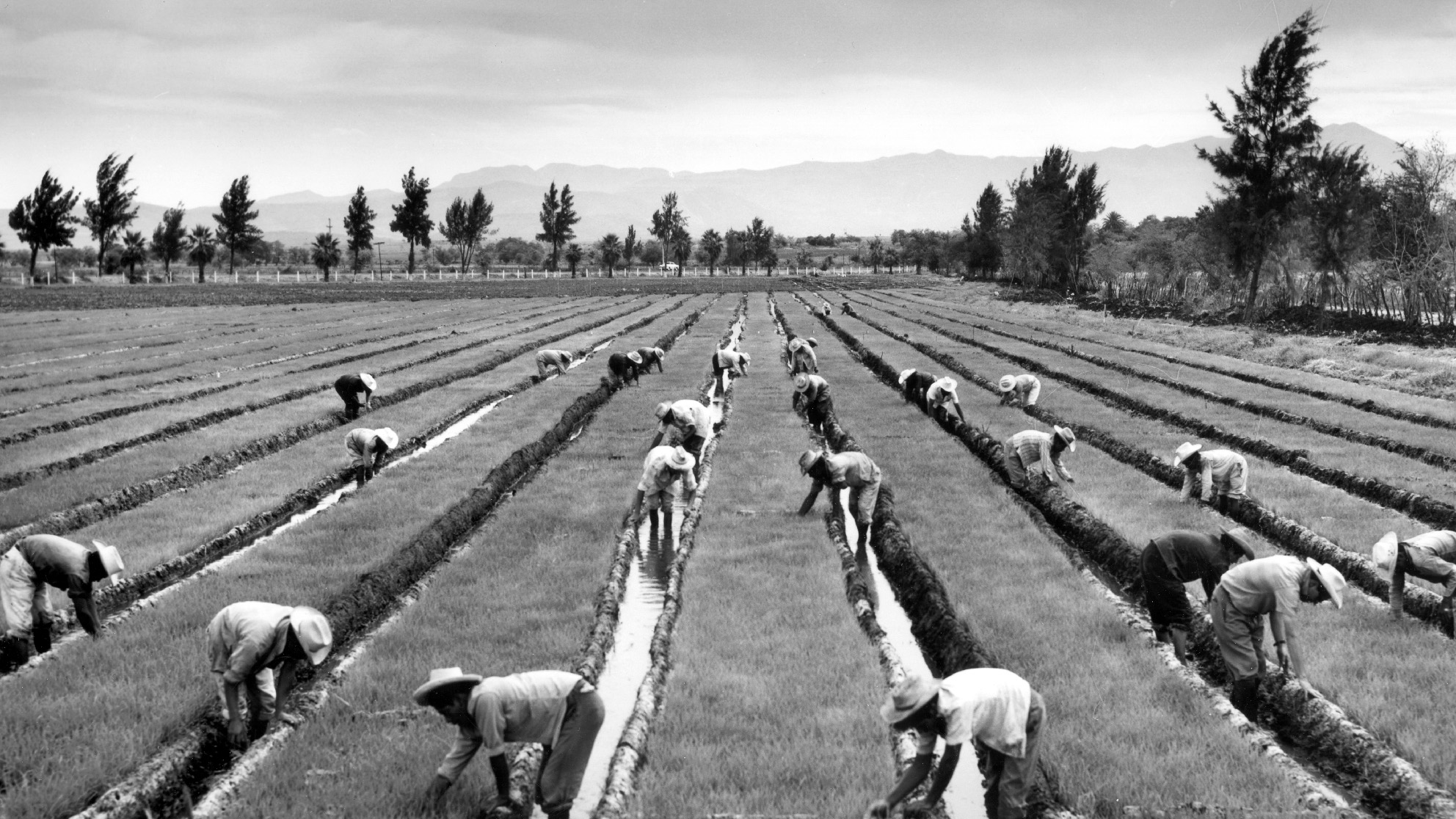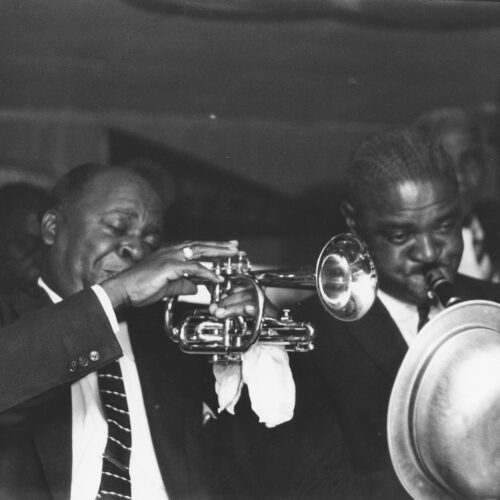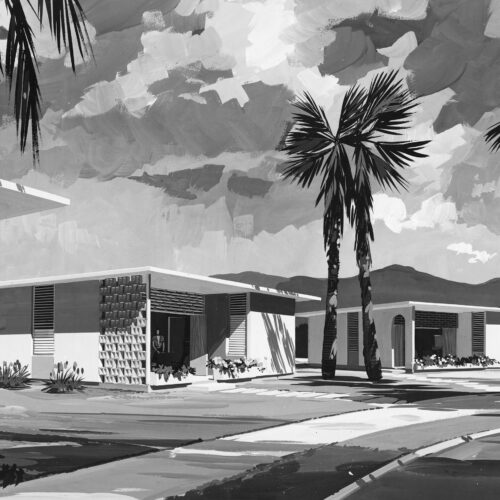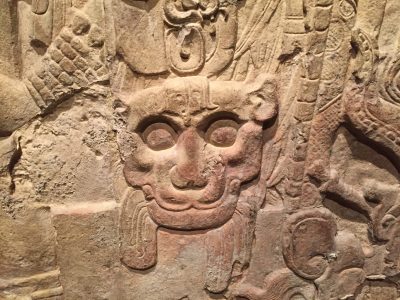How the Mexican Agriculture Program created a method for intensifying agriculture on a global level.
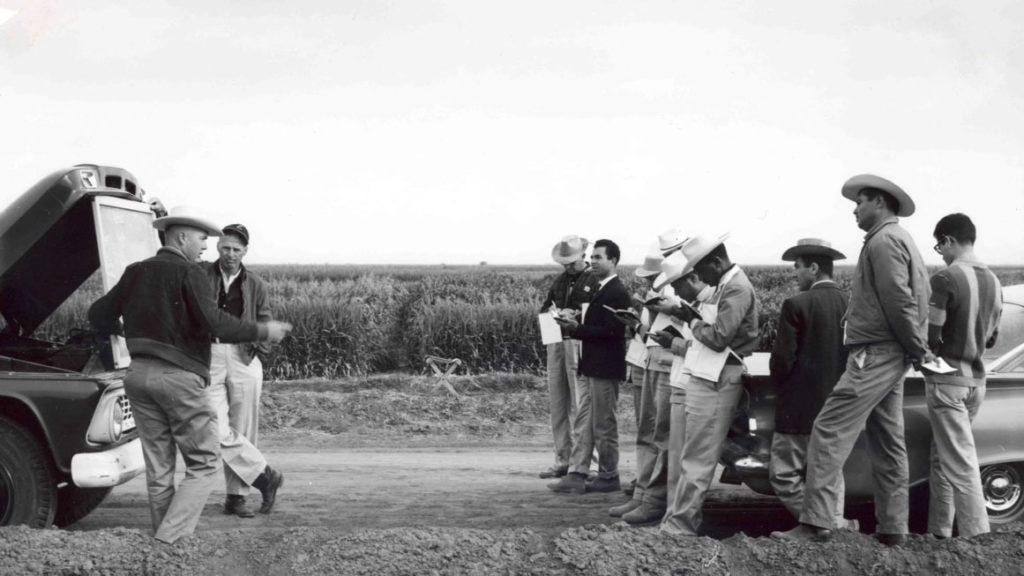
The RF’s Mexican Agriculture Program and the other programs developed on that model gave farmers in developing countries the tools they needed to modify agricultural techniques and maximize return.
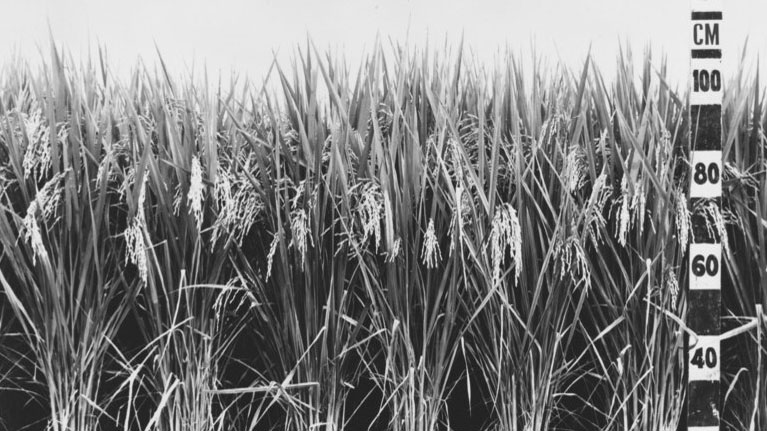
The scientific, intensive agriculture that the RF pioneered on a large international scale (first on its own and later in partnership with the Ford Foundation) was touted as a “Green Revolution” in a 1968 speech –twenty-five years after MAP began. The name stuck.
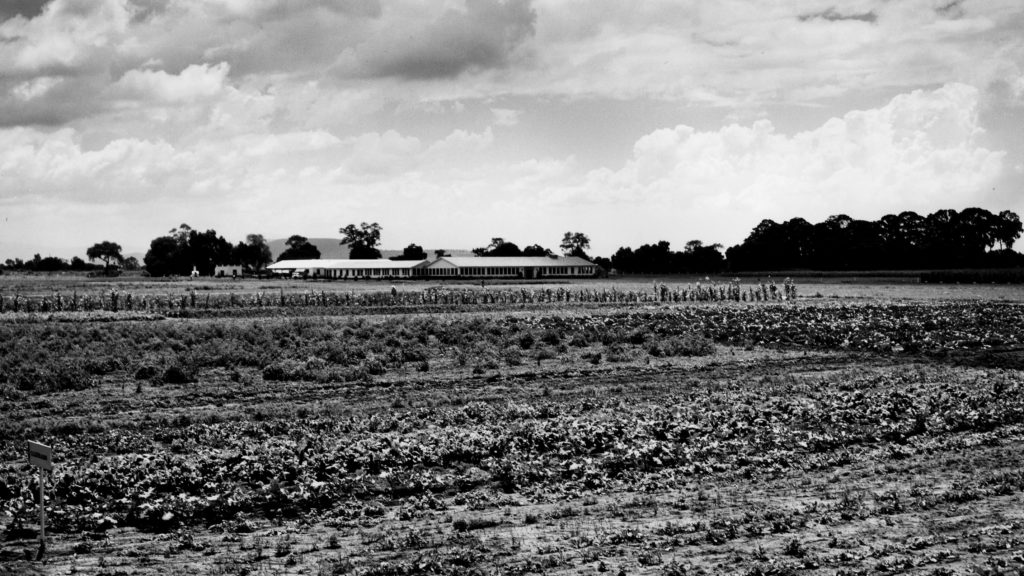
Experiment Station at Chapingo. The Mexican government partnered with the RF to establish a permanent facility for plant research and shared learning. Mexico donated the facilities, and the RF funded staff salaries and operating expenses.
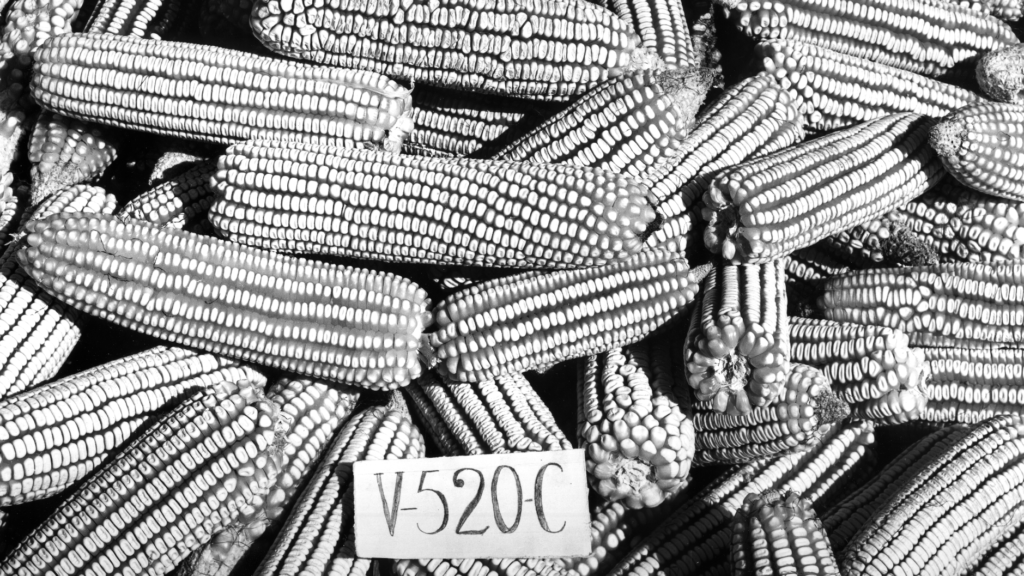
Although 58 percent of Mexico’s cropland was given to corn, yield remained low until 1948 when the MAP distributed improved varieties to farmers, which increased by 125,000 tons. RF scientists cross-bred native corn with open–pollinated varieties, increasing yield by 125,000 tons.
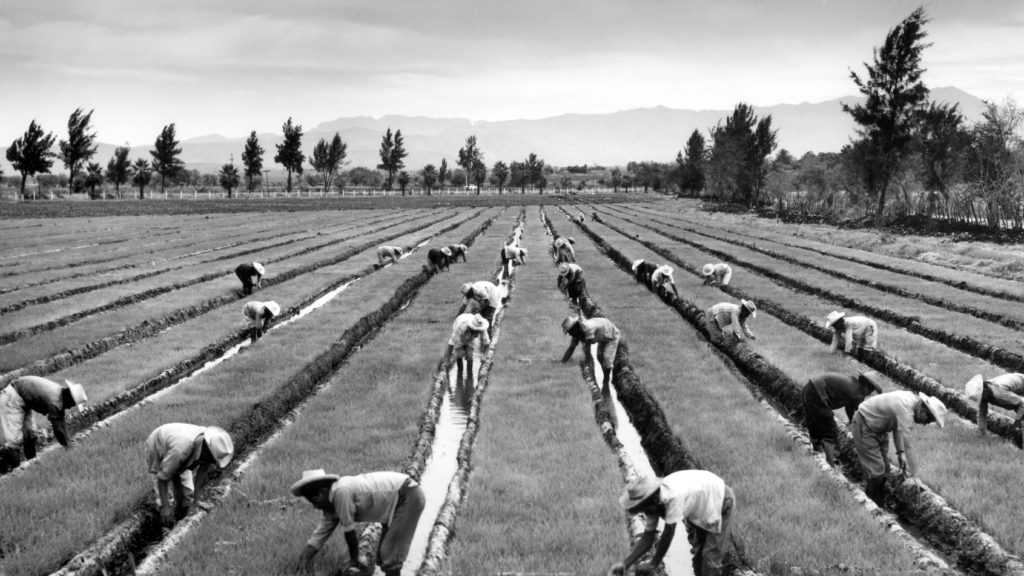
RF-supported education and training helped professionalize locals and created a new network of native-born experts, or “agronomistos.”
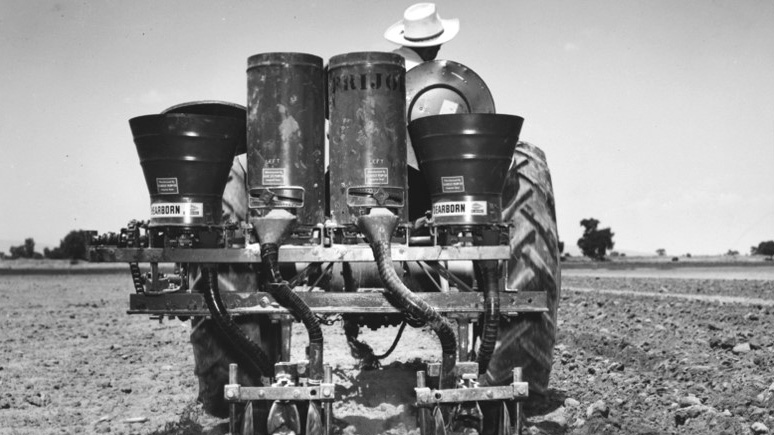
Soil research enabled the development of targeted inputs –fertilizers, irrigation systems, and pesticides –on which intensive, high-yield agriculture depends.
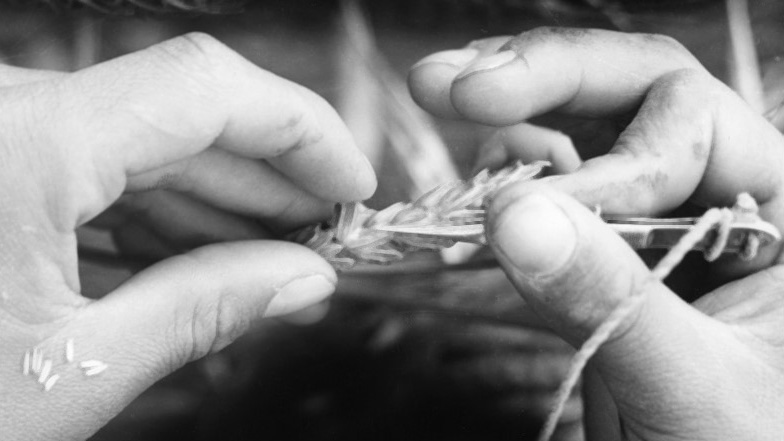
Plant pathologist Norman E. Borlaug introduced “Norin” dwarf wheat, a shorter variety that was resilient and compatible with Mexico’s climates. Mexico became a wheat exporter by 1956.
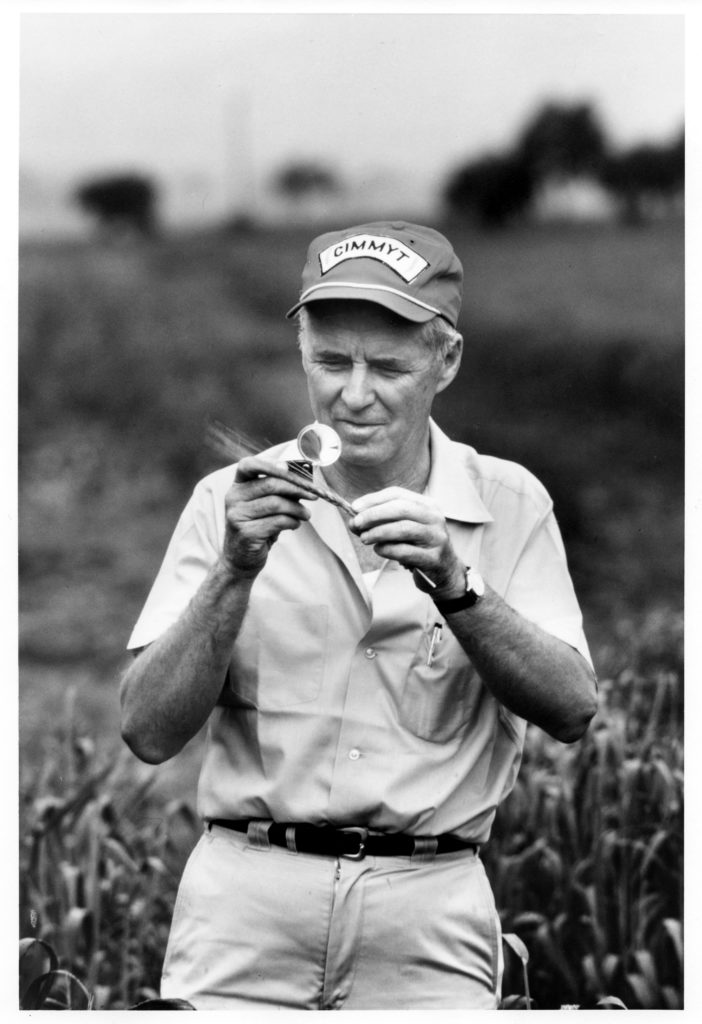
Borlaug won the Nobel Peace Prize in 1970, credited with preventing a billion deaths from starvation.

The work in Mexico paved the way for MAP techniques to move south to other countries like Colombia and, by the 1960s, into India and Southeast Asia.
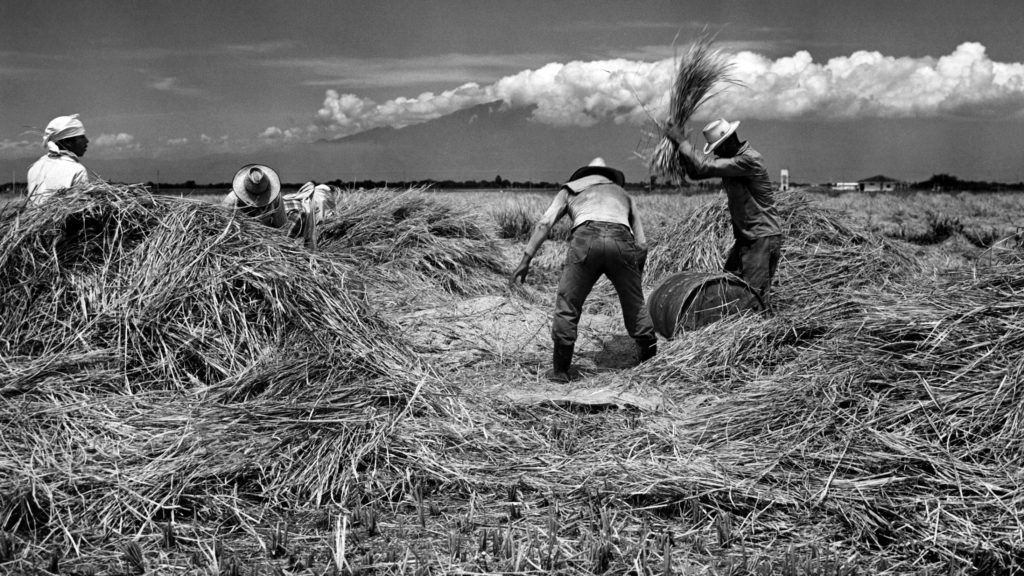
The agriculture program in Colombia was the RF’s first expansion after MAP. Colombia eventually became home to CIAT, the International Center for Tropical Agriculture – one of the four founding institutions of the CGIAR (Consultative Group for International Agriculture Research).
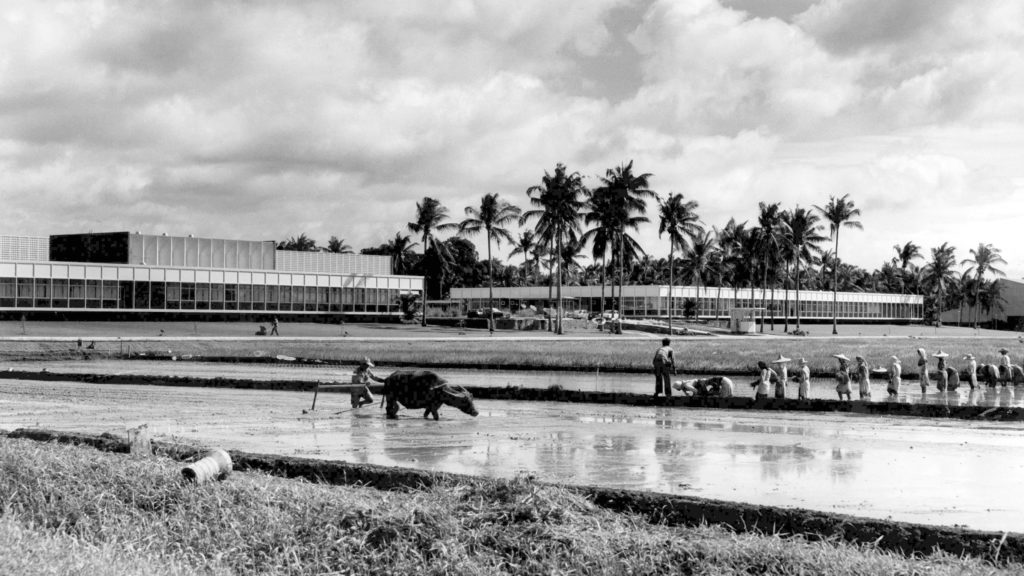
Together, the RF and the Ford Foundation built the International Rice Research Institute (IRRI) in the Philippines, another of the founding four CGIAR institutions. Opened in 1960, it is the site where variety IR-8, dubbed the “miracle rice,” was developed.
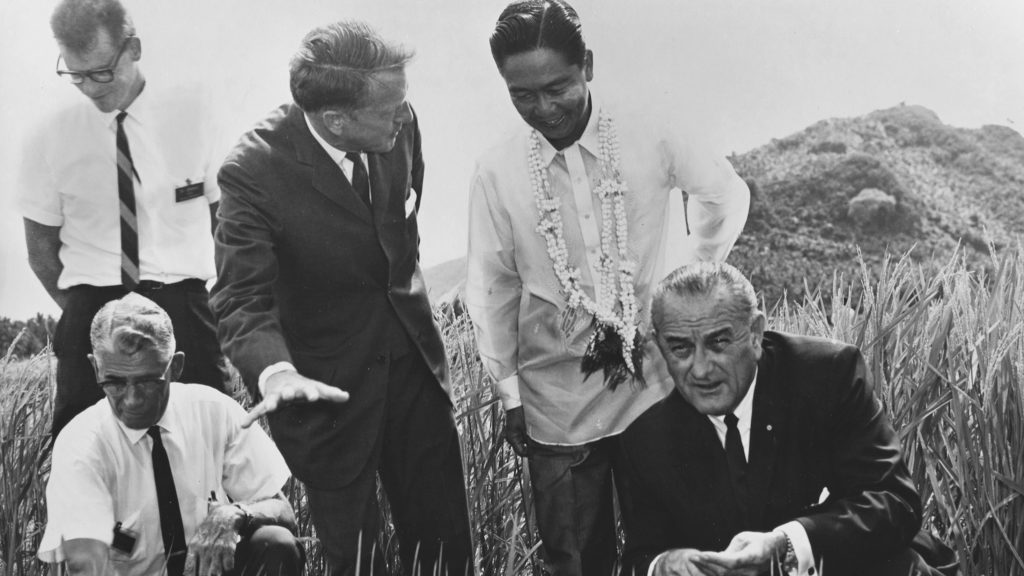
U.S. President Lyndon Johnson (right) visited IRRI in 1966 to see miracle rice for himself. Philippine President Ferdinand Marcos (standing next to LBJ) used IR-8 to make his nation self-sufficient in rice production.
